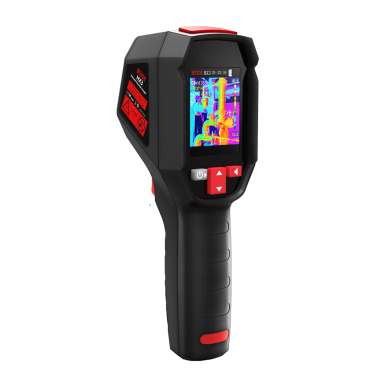
# Ear Thermometers: Accurate and Non-Invasive Temperature Measurement
## Introduction to Ear Thermometers
Ear thermometers, also known as tympanic thermometers, have become increasingly popular in both clinical and home settings for measuring body temperature. These devices offer a quick, accurate, and non-invasive way to monitor fever or detect hypothermia, making them particularly useful for parents with young children and healthcare professionals.
## How Ear Thermometers Work
Ear thermometers use infrared technology to measure the thermal radiation emitted by the eardrum and surrounding ear canal. The tympanic membrane shares blood supply with the hypothalamus, the body’s temperature control center, making it an excellent indicator of core body temperature.
The thermometer’s probe is gently inserted into the ear canal, where it detects infrared heat waves and converts them into a temperature reading within seconds. Most modern models feature:
– Digital displays for easy reading
– Memory functions to track temperature trends
– Fever alarms for quick identification of elevated temperatures
## Advantages of Ear Thermometers
Compared to traditional oral, rectal, or underarm thermometers, ear thermometers offer several benefits:
### Speed and Convenience
Ear thermometers provide readings in just 1-3 seconds, making them ideal for restless children or when quick measurements are needed. There’s no need to wait several minutes like with oral thermometers.
### Hygiene and Safety
Being non-invasive, ear thermometers minimize the risk of cross-contamination between users. Many models come with disposable probe covers for added hygiene in clinical settings.
### Accuracy
When used correctly, ear thermometers can provide measurements comparable to rectal thermometers, which are considered the gold standard for core temperature measurement.
## Proper Usage Tips
To ensure accurate readings:
– Pull the ear gently upward and backward (for adults) or straight back (for children) to straighten the ear canal
– Insert the probe snugly but gently into the ear
– Aim the thermometer toward the eardrum
– Take multiple readings and use the highest value
– Avoid taking measurements immediately after being in extreme temperatures
## Limitations to Consider
While highly effective, ear thermometers may not be suitable in all situations:
– Earwax buildup can affect accuracy
– Not recommended for infants under 3 months
– Recent ear infections or surgeries may interfere with readings
– Requires proper technique for reliable results
Keyword: Ear Thermometers
## Choosing the Right Ear Thermometer
When selecting an ear thermometer, consider:
– FDA clearance for medical accuracy
– Ease of use and readability
– Memory capacity for tracking temperatures
– Speed of measurement
– Availability of probe covers
– Warranty and customer support
## Conclusion
Ear thermometers represent a significant advancement in temperature measurement technology, combining speed, accuracy, and comfort. While they require proper technique for optimal results, their non-invasive nature makes them particularly valuable for pediatric use and frequent temperature monitoring. As with any medical device, following manufacturer instructions and understanding its limitations will ensure you get the most reliable readings possible.